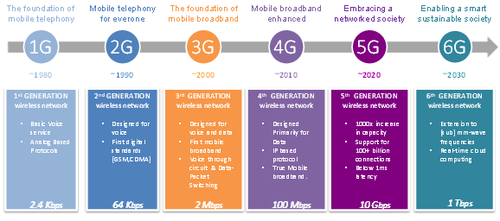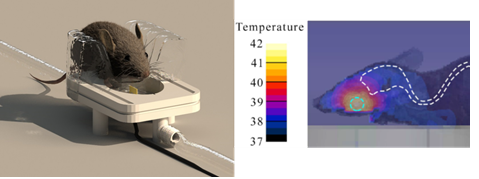EM in 2018-2019
| Group: | EM |
| Courses: | |
| External Link: | Info |
Electromagnetics: specialization track
The mission of the EM group is to enable 'electromagnetic engineering' by developing new modeling strategies for analysis and synthesis of electromagnetic systems in a wide range of applications. The EM specialization track will provide you with the know-how required for applications in the domains of wireless communications, car radar, radio astronomy, power harvesting, wireless power transfer, computational EM and EM effects. These topics are also reflected in the Master’s projects that we advertise on the Mater Marketplace.
Our specialization track consists of two courses: 5SPB0 – Microwave Engineering and Antennas is more application oriented; 5SPD0 – Electromagnetic modeling techniques is more theory oriented.
The EM group works along three research lines: Integrated Antenna Systems; Modeling for High-Tech Systems; and Electromagnetics for Medical Applications. Examples of applications for each of these research lines are given next.
Integrated Antenna Systems relates to the continuously growing need for higher data rates and, therefore, more signal bandwidth in wireless communications, which drives new applications into the microwave and millimeter-wave (millimeter-wave) frequency domain. Figure 1 shows the roadmap towards 5th and 6th-generation (5G/6G) wireless communication systems. To achieve the data-rate objectives up to 1 Tbps, future 5G and 6G will employ a network of novel multi-antenna massive MIMO (Multiple-Input-Multiple-Output) systems and will use more bandwidth at high frequencies (e.g. at 60 GHz). In massive MIMO systems, the number of antenna elements (M) in the base stations is much larger than the number of mobile users (K). In this way, multiple independent communication channels can be formed resulting in very high data rates as multiple terminals can be simultaneously served with the same time-frequency resources. The EM group leads several national and European projects in the area of wireless communication, with special focus on smart antenna systems and propagation modeling. Next to this, we apply this expertise also in the domains of wireless power transfer, car-radar and radio astronomy. We offer various interesting graduation projects at our key partners (e.g. NXP, TNO, IMEC, Omniradar, ASTRON, Ampleon, The Antenna Company).

Figure 1: Time line towards 5G and 6G wireless communication, see: www.silika-project.eu.

Figure 2: Single-chip radar (left) and Future radio telescope (right).
Modeling for High-Tech Systems comprises modeling and optimization, through analytical and numerical approaches, for a large variety of applications, such as antennas and antenna systems, periodic structures among which optical gratings and phased arrays, metamaterials, waveguides, optical fibers, etc.
Even though a large number of commercial solvers is nowadays available for all kinds of electromagnetic problems, modeling is considered a key competence for companies and institutes. When modelling is tailored to a particular EM problem, it can lead to a faster modeling method and/or it can lead to a more fundamental understanding of the problem. Both aspects are vital in producing improved design and detection methods in the applications mentioned above.
The EM group is taking part in several national and European projects on wafer metrology and optical fibers. We offer various interesting graduation projects at our key partners (e.g. ASML, CommScope, Draka/Prysmian Group, Océ, and TNO).

Figure 3: EM modeling (Maxwell solver) for wafer metrology.
Electromagnetics for Medical Applications focuses on applications as neurostimulation, hyperthermia cancer treatments, MRI, wireless detection principles, and wireless power transfer and wireless communication to implanted devices.
Whereas the use of electromagnetics for imaging systems such as MRI has been established, recent developments for high-field scanners require state-of-the-art modeling and simulation techniques. In addition, the potential of electromagnetics for hyperthermia (locally heating a tumor, using EM waves) and neurostimulation (transcranial magnetic stimulation, or deep-brain stimulation) are hot topics of research. Especially in the latter, the mechanism of action is still not yet fully understood.
The EM group is taking part in several international projects related to neurostimulation and medical implants. Next to this, we apply our expertise to hyperthermia and medical detection systems. We offer various interesting graduation projects at our key partners (e.g. Kempenhaeghe, Erasmus MC, UMC Utrecht, Philips Medical, Catharina Hospital, and medical start-ups).

Figure 4: Hyperthermia applicator for small rodents.